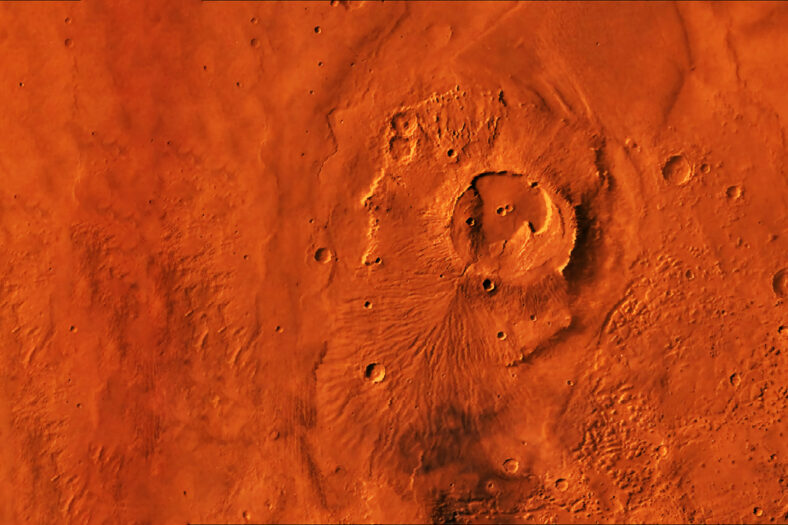Strange Rock Eggs Were Spotted On Mars, And Scientists Are Puzzled Over How They Got There

Recently, NASA’s Perseverance Mars rover spotted a strange rock made up of hundreds of tiny spheres that look like clusters of spider eggs. The Perseverance research team is now trying to determine their origin.
The rover has been on Mars for about two weeks. It arrived at Broom Point, located on the lower slopes of Witch Hazel Hill on the rim of the Jezero Crater, where the rock was discovered.
Initially, the rover was there to sample a series of light-and-dark toned bands that could be seen from orbit. So far, Perseverance has successfully sampled one of the light-toned bands, which was also when it spied the mysterious rock.
The rock was named “St. Pauls Bay” and is what’s called a float rock, meaning it was not found where it was originally formed.
It appeared to be comprised of many dark gray spheres. Some were more elongated in shape, while others had more angular edges.
Unfortunately, the rock is missing geological context that could explain its texture, according to NASA. Something had caused the rock to move from its original location, and that movement could tell us more about Mars.
Perhaps the rock formed when a meteorite struck the Red Planet, vaporizing rock before condensing into the little granules that are visible in photos.
If so, the rock would have traveled far from its home and possibly reveal how materials are transported to Mars via meteor strikes.
The rock may also have rolled down Witch Hazel Hill and originated from one of the darker layers of the hill. Further study of Witch Hazel Hill could tell scientists what the darker layers are made of.

Sign up for Chip Chick’s newsletter and get stories like this delivered to your inbox.
If they are similar to St. Pauls Bay, it could point to formation by way of volcanic activity, an old meteor strike, past groundwater presence, or another event entirely.
The spherules on the rock may have formed by the rapid cooling of molten rock droplets that occur during a volcanic eruption or by the condensation of rock vaporized by a meteorite impact. Furthermore, the features could have been formed by groundwater circulating through the rock’s pore spaces.
Some of the rock samples that Perseverance has been collecting might contain fossilized microbial life if Witch Hazel Hill once had groundwater. Each of these formation processes would have significantly different paths of evolution for the rock.
Currently, NASA’s Mars Sample Return mission is planned for sometime in the 2030s and will bring the rock samples back to Earth for analysis.
It is not the first time that strange spheres like St. Pauls Bay have been observed on Mars. In 2004, the Mars Exploration Rover Opportunity spotted “Martian Blueberries” at Meridiani Planum. Since then, the Curiosity rover has also detected spherules in the rocks of Yellowknife Bay at Gale crater.
You can see photos of the bizarre rock here.
More About:News